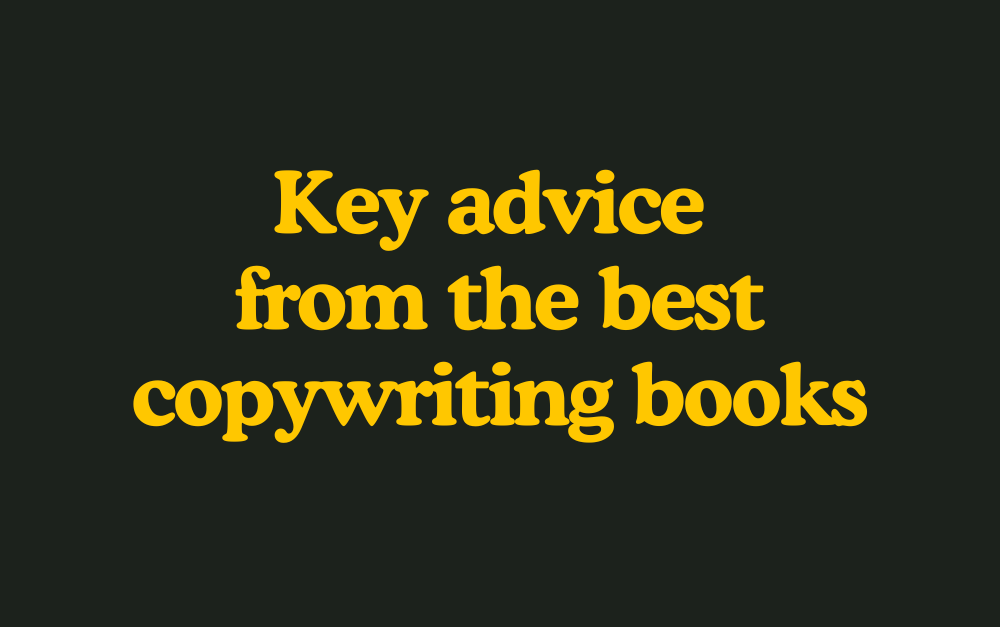Copywriting: Storytelling for startups
Stories, as we know them, are told to entertain.
But as a start-up the chances are you can also use a story to influence your target audience.
While it’s true that storytelling has become a bit of a marketing zeitgeist, it’s only because the importance of engaging online content has called for it. Basically, it’s no longer the sole domain of advertising companies.
So storytelling is not a copywriter’s fad. But before we find out how we can use it…
What is storytelling?
We’ve all heard that stories should have a beginning, a middle and an end. A more concise way to put it is that a good story creates a situation where something needs to get resolved – the resolution, of course, is our ending.
Most of you already know this. You’re used to telling or reading stories in one way or another. Storytelling simply creates a scenario that makes the reader want to read on.
Take a basic story from the renowned children’s author, Dr Seuss. His bouncy, timeless tale about A Cat in the Hat goes something like this:
Mum trusts her two kids to stay home alone. But then this crazy cat turns up uninvited and goes on the rampage, making a total pigs ear of the place. (There’s our problem: this mess needs to be tidied up before Mum gets back). A bit of cunning though, and this cat gets it all sorted. The end. (Phew.)
In this example, we share the children’s stress as they try to halt this mischievous cat. We create an emotional attachment to them and their situation.
How can you use storytelling with your startup?
As a start-up, you can use storytelling to create a problem that your audience will relate to emotionally. And then (this is important bit) you solve it. Chances are, your business plan will already contain a detailed account of the problem you’re solving for your clients – it’s possibly the whole reason you set out in the first place. And while it might be creating a desire for something, instead of solving a problem, the idea is exactly the same.
Let’s look at this in practice.
A social enterprise was launching a 'start-up incubator' to provide assistance to start-ups. They needed some copy for the homepage of their website. After some digging around, here’s what we came up with:
So why is this storytelling?
Well, we have the problem (paragraph one). This is followed by a solution – or a satisfying end (second and third paragraphs).
And if you’re an entrepreneur setting out alone, chances are that the figures in the copy will alarm you. But they are real. And the copy is highly likely to make an entrepreneur think about seeking support.
======
Now that you’ve read this, you may be interested in:



